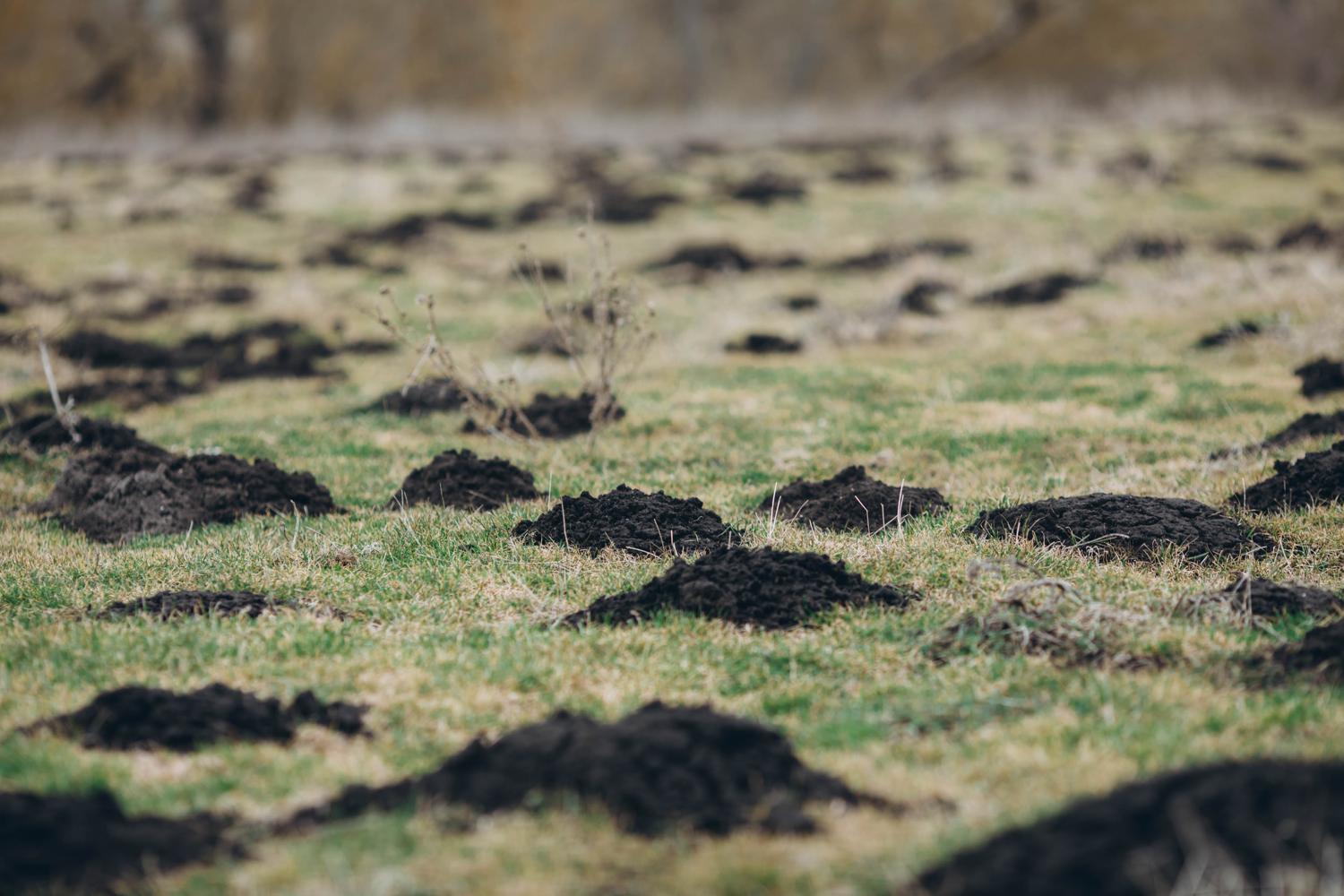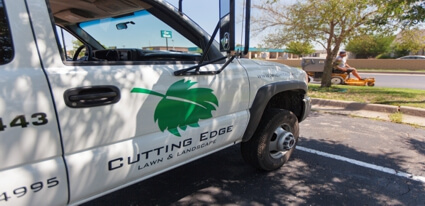
Ahh summer. The time for sitting outside, enjoying a warm day on your perfectly manicured lawn. But wait, what’s that? A soft spot? Dandelions? Dead grass? Nothing spoils a summer’s day faster than the realization that you’re not quite finished with the yard work you did this Spring.
Fear not. We’ve composed this handy guide to address some of the most common lawn problems, and the fastest, easiest ways for a homeowner to solve them. Of course, if you’d rather, you can always hire the experts at Wichita Lawn and we’ll be happy to knock all these out for you, wink wink, nudge nudge.
Weeds
Let’s face it, weeds love lawns. Big open spaces devoid of competition for space and sun is exactly what a weed wants. Just like with your own health, keeping your lawn healthy begins with prevention, and after that move on to treatment.
Weed prevention starts with carefully tending your lawn. When we talk about careful lawncare, generally we’re talking about three things: cutting your lawn regularly with a sharp mower blade, ensuring your lawn is getting plenty of water, and fertilizing every six to eight weeks during peak growing season.
If you don’t already own a rain gauge, consider purchasing one. They are a very good, inexpensive way to measure the amount of water your lawn is getting. How much water your lawn needs may depend on the altitude and climate where you live, but generally, one inch of water per week is perfect.
Make sure you’re checking your rain gauge and watering on those drier weeks.
If you’ve only got a few weeds popping up here and there, you may be able to combat them by simply digging in and pulling them out individually. However, if the problem is more severe, you may have to bring out the big guns.
No, we’re not talking about your flamethrower, still a bit early for that. What we’re talking about are chemical compounds designed to target weeds. If you’re in a pinch you can make one yourself with white vinegar, salt, and liquid dish soap, though this compound isn’t the best at targeting the roots of weeds and may need to be applied multiple times to be effective.
There are a wide variety of products on the market designed to kill weeds, and many of them can be very effective. When applying things like chemical weed killers, be sure to read carefully and follow the instructions, as these products can be dangerous.
Moles, raccoons, critters, creatures, and varmints
Creatures are one of the most common problems homeowners have in keeping their lawn looking healthy. What many people don’t know is that a wide range of animals are attracted by the same thing. No, it isn’t your pink lawn flamingo, it’s grubs.
Yes, grubs. AKA beetle larvae that live in the soil and eat the roots of your nice, green grass. Those babies make a delicious snack for all sorts of critters, and they don’t mind digging in and getting their hands dirty to find them.
So if you’ve got moles, raccoons, possums, armadillos, or anything else, your elimination strategy needs to start with grubs.
Your first step in grub mitigation is going to be to peel back a few different sections of your lawn to make sure they are indeed what’s causing the problem. Each section should be about a square foot and just a little deeper than your grass roots.
If you’ve got six of more grubs in the section, you, friend, have a grub problem. And unfortunately, it is very difficult to come back after you have discovered a grub problem. In many cases, the affected section of lawn will have to be pulled up and reseeded.
If it’s still spring or early enough in the summer, you may still have time to act, and applying an anti-grub chemical may still do the trick.
Bare Spots and Bald Patches
Look, if the balding is happening above your eyebrows, you’re on your own. If it’s happening in your grass, we can help. Whatever it is that’s caused the bare or bald spot, you should see it as a weak point in the lawn. A foothold weeds can use to begin their invasion.
The best way to deal with a bald patch is to dig it up, making sure to dig beyond the edges into the healthy lawn surrounding it. Next, you should stimulate the soil. Turn it over, run it through with a rake. When that’s finished, you can cover it with topsoil and proceed to water it generously. Unless you have something more sinister happening under the soil, that should do the trick.
Lack of Sunlight
Ideally, all of us live in areas that are perfectly flat, where it’s always 75 degrees and sunny, where it only rains at night, and where winters end immediately after the New Year.
Unfortunately, we can’t all live in Shangri-La, and many of our lawns have obstacles blocking their favorite natural resource. If your lawn is in patchy sun or partial shade, you may have trouble getting that lush, green lawn you’ve been dreaming about.
If your lawn is struggling, it could have something to do with the grass itself. Like every other living thing, there are different breeds and types of grass, all suited to different specialties.
Sometimes switching your lawn to a certain type of grass or even a combination of a few is just what the doctor ordered for rectifying your struggling turf. We recommend sweet woodruff or bishop’s hat.
Whatever Your Problem, We Can Help
Lawn care is one of the most challenging parts of homeownership. It is also the most rewarding. It’s hard to find another place where your hard work and dedication show so clearly than in the yard in front of your house.
Unfortunately, not everyone has the time or energy to dedicate to solving their lawn problems, and that is where we come in. At Wichita Lawn, we pride ourselves on being able to solve even the toughest lawn problems, with lasting solutions that will make your neighbors green with envy.
Green. Get it?


